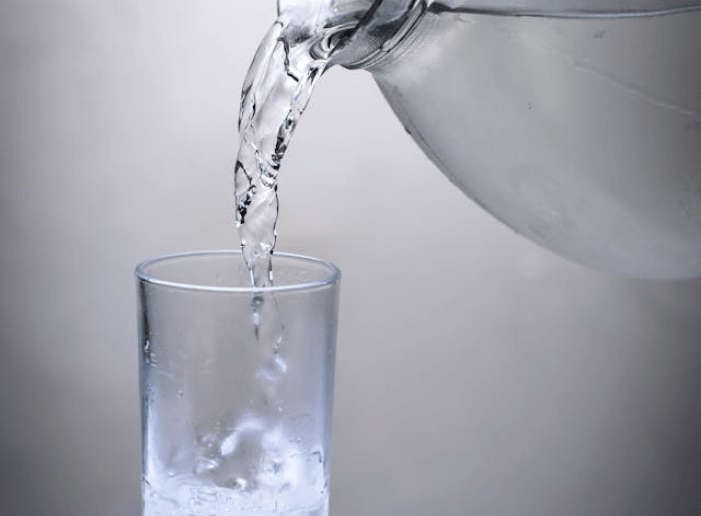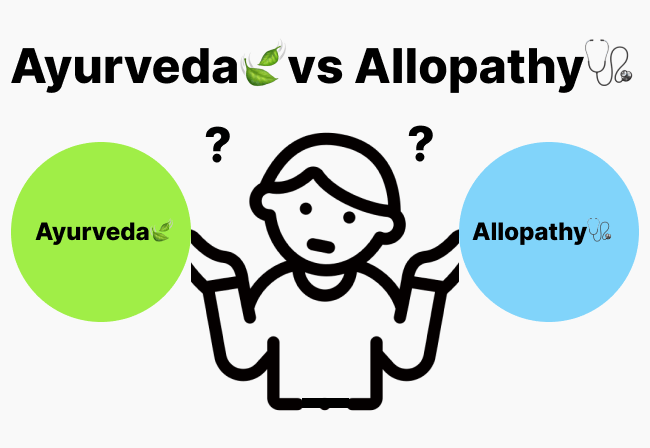
Why Cholesterol is Called a Silent Killer?
Did you know that cholesterol, along with diabetes and blood pressure, is often referred to as the “siblings” of non-communicable diseases? These three conditions are deeply interconnected and have become leading health concerns worldwide. Cholesterol, in particular, is often called the silent killer because it quietly builds up in the body, increasing the risk of heart disease and stroke without showing noticeable symptoms.
This article explores what cholesterol is, its role in the body, and natural approaches to manage it effectively. By understanding cholesterol’s function and digestion process, we can take informed steps to keep our hearts and overall health in check.
Understanding Cholesterol and Its Digestion
Cholesterol is not inherently harmful; in fact, it is essential for maintaining the health of our cells and producing certain hormones. However, the way fats are digested plays a critical role in determining whether they contribute to good or bad cholesterol levels.
- Good Cholesterol (HDL): When fats are properly digested, they contribute to HDL, which helps transport cholesterol away from the arteries and reduces the risk of plaque buildup.
- Bad Cholesterol (LDL): When fats are not digested properly, they form LDL, which can accumulate in the arteries, leading to blockages and health issues.
Improperly digested fats can stick to organs and create a range of complications:
- Brain: Tumours, paralysis, Parkinson’s disease, severe headaches
- Eyes: Glaucoma, low vision, eye irritation
- Stomach: Ulcers, indigestion, irritable bowel syndrome
- Gallbladder: Gallstones
- Womb: Uterine stones, irregular periods
- Kidney: Kidney stones
Both HDL and LDL are necessary in the right balance. Medical reports indicate that HDL levels should be above a specific threshold, while LDL should remain below it. This balance is crucial for brain health, cellular repair, and overall well-being.
Cholesterol Silent Killer: Misconceptions You Need to Know
A common misconception is that coconut-based products are a core cause of high cholesterol. However, every food contains fat in varying amounts. The issue is not the fat itself but how well it is digested. Proper digestion transforms fats into useful energy, while poor digestion leads to the problems mentioned above.
This highlights the importance of mindful eating habits, balanced nutrition, and maintaining a healthy digestive system.
Holistic Steps to Manage Cholesterol Silent Killer Naturally
1. Mindful Eating Habits
The type of fats you consume directly affects your cholesterol levels.
- Avoid trans fats found in fried and processed foods, especially takeout.
- Take out healthy fats from avocados, nuts, and seeds, which improve HDL levels.
- Prepare meals at home whenever possible to control the quality of ingredients and nutrition.
2. The Power of Garlic
Garlic has long been celebrated in Ayurveda for its cholesterol-lowering properties. It contains allicin, a compound that helps reduce LDL levels. Adding raw or cooked garlic to your meals can naturally support heart health.
3. Engage in Physical Activity
Daily exercise is essential for maintaining a healthy balance of cholesterol.
- Walking: Taking at least 1,000 steps daily can boost HDL, reduce LDL, and support weight management.
- Regular physical activity improves cardiovascular health and overall stamina.
-

Daily walking and exercise are simple yet powerful ways to manage cholesterol naturally.
4. Include High-Fibre Foods
Foods rich in fibre, antioxidants, and plant sterols can significantly reduce LDL levels. Incorporate whole grains, fruits, vegetables, and legumes into your diet to support digestion and cholesterol management.
5. Practice Yoga and Pranayama
Yoga and breathing techniques (pranayama) are powerful tools for managing stress and cholesterol. Specific poses such as Ardha Matsyendrasana and Hastapadangusthasana stimulate abdominal organs, improve digestion, and enhance metabolism. Regular practice of Surya Namaskar promotes blood circulation and strengthens cardiovascular health.
(We are developing our website and will soon upload a step-by-step guide on performing these yoga poses and pranayama techniques to help you practice effectively.)


